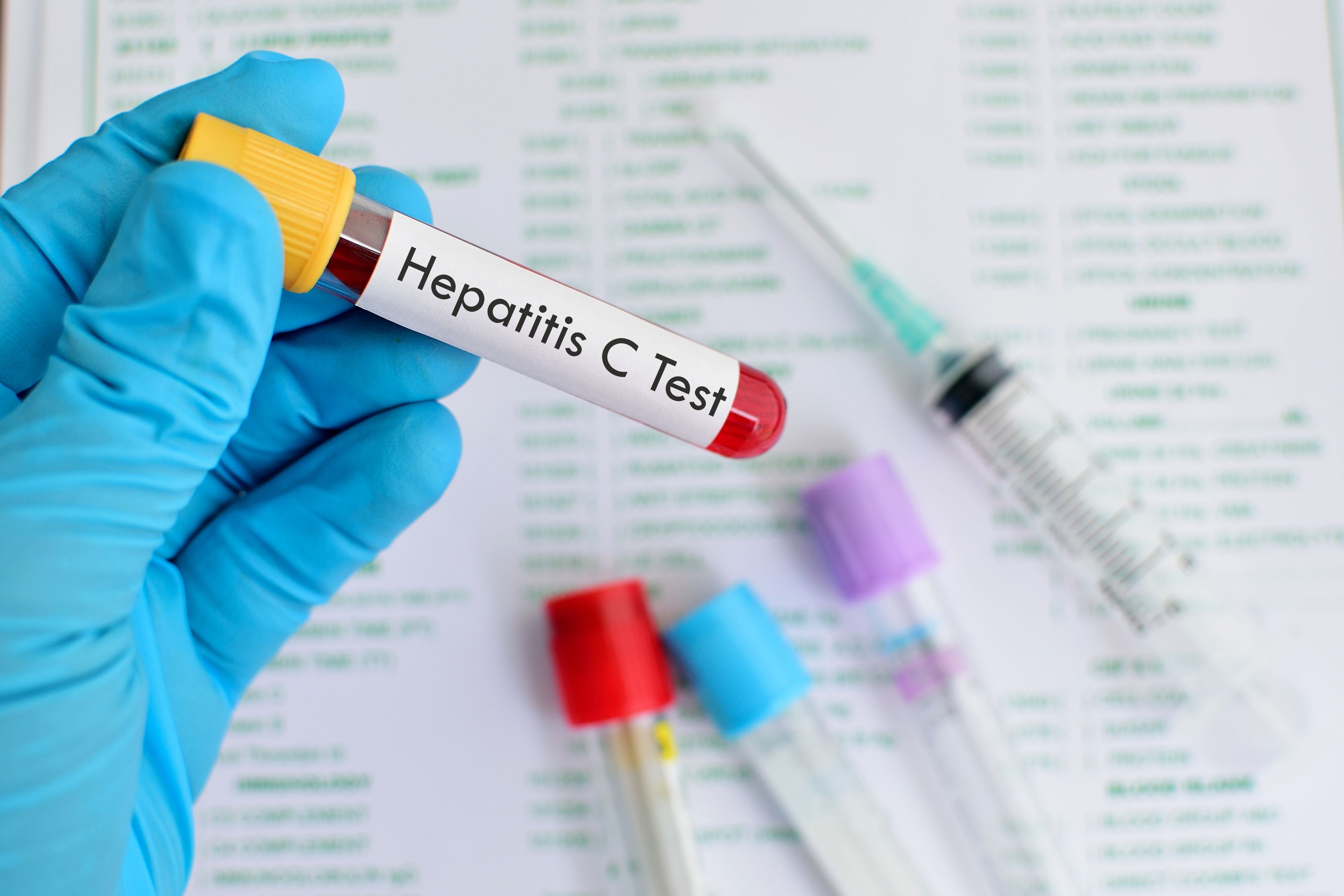On the occasion of World Hepatitis Day (July 28), the World Health Organization (WHO) is urging governments to continue to translate their commitments into effective services to eliminate the disease.
Iran has pledged to eliminate hepatitis B and C as public health challenges by 2030. Currently, the Health Ministry is implementing several programs to achieve the goal.
“At present, the prevalence of hepatitis B and hepatitis c have dropped to 2% and 0.5% in the country,” ISNA quoted Seyed Moayed Alavian, head of Iran Hepatitis Network as saying. The rates had been reported at 3% and 1% in 1980s.
“Other countries in the region have higher prevalence of HCV infection.”It is 5.5% in Pakistan, 3-5% in Tajikistan, 7.5% in Saudi Arabia and 3-5% in Kuwait,” he said.
Noting that the most common way to be infected with HCV is by sharing needles for intravenous use of narcotics, he said, “Around 40% of people who share needles for drug use are infected with the virus.”
Hepatitis B is also spread by percutaneous or mucosal exposure to infected blood and various body fluids, as well as through saliva, menstrual, vaginal, and seminal fluids. Vaccination is 95% effective in preventing HBV infection and the development of chronic disease and liver cancer due to hepatitis B.
The infected people may or may not show symptoms of the infection since they do not feel or look sick. However, they still can spread the virus to others and are at risk of serious health problems themselves.
Improving Access to Vaccination, Treatment
So far 35,000 prisoners have been vaccinated against HBV, said Mohammad Mahdi Gouya, head of the Health Ministry’s Infectious Diseases Department. Prisoners are compulsorily screened for the disease and free treatment is provided by the ministry.
Pointing to vaccination as an effective way to eliminate hepatitis B, he said, “Since implementation of the national immunization program in 1993 almost all infants (90%) have been given hepatitis B vaccine.”
To achieve the goals set by 2030, the Health Ministry should also vaccinate all unvaccinated people under the age 40 by the end of 2026. Vaccination of all municipal workers, people working in beauty salons, healthcare workers and infants for HBV is on the agenda, he said.
For this year the ministry has a plan to provide free vaccination to 100,000-200,000 regular blood donors. It also is working to ensure that medications to treat the conditions are affordable and accessible to all those in need.
The most effective hepatitis B treatment, called tenofovir alafenamide or TAF, will be imported by the end of the current fiscal year in March 2018. In November 2016, the new antiviral was approved by the US Food and Drug Administration for treatment of chronic HBV infection.
One medication for liver infection was produced locally last year and is available in the market. The antiviral biosimilar Interferon (IFN)-based medicine was introduced under the name ‘Sovodak’. The medicine is covered by health insurance that should assist in Hepatitis C virus (HCV) treatment in Iran.
According to WHO, hepatitis C can be completely cured with direct-acting antivirals within 3 months. However, as of 2015, only 7% of the 71 million people with chronic hepatitis C in the world had access to treatment.
Global Statistics
New WHO data from 28 countries - representing approximately 70% of the global hepatitis burden - indicate that efforts to eliminate hepatitis are gaining momentum. Published to coincide with World Hepatitis Day, data shows that nearly all 28 countries have established high-level national hepatitis elimination committees (with specific plans and targets in place) and more than half have allocated funding for hepatitis responses.
“It is encouraging to see countries turning commitment into action to tackle hepatitis.” said Dr Tedros Adhanom Ghebreyesus, WHO director general. “Identifying interventions that have a high impact is a key step towards eliminating this devastating disease. Many countries have succeeded in scaling-up the hepatitis B vaccination. Now we need to push harder to increase access to diagnosis and treatment.”
New WHO data show that more than 86% of countries reviewed have set national hepatitis elimination targets and more than 70% have begun to develop national hepatitis plans to enable access to effective prevention, diagnosis, treatment and care services.
Furthermore, nearly half of the countries surveyed are aiming for elimination through providing universal access to hepatitis treatment. But WHO is concerned that progress needs to speed up.
“The national response towards hepatitis elimination is gaining momentum. However, at best one in ten people who are living with hepatitis know they are infected and can access treatment. This is unacceptable,” said Dr Gottfried Hirnschall, WHO director of the HIV Department and Global Hepatitis Program.
“For hepatitis elimination to become a reality, countries need to accelerate their efforts and increase investments in life-saving care. There is simply no reason why many millions of people still have not been tested for hepatitis and cannot access the treatment for which they are in dire need.”
Viral hepatitis affected 325 million people worldwide in 2015, with 257 million people living with hepatitis B and 71 million people living with hepatitis C - the two main killers of the five types of hepatitis. Viral hepatitis caused 1.34 million deaths in 2015 – a figure close to the number of TB deaths and exceeding deaths linked to HIV.


